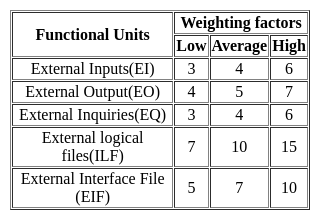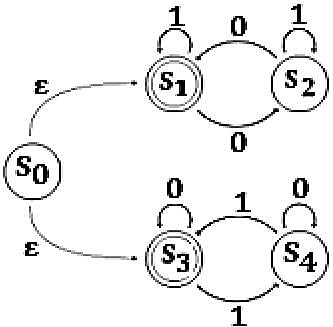UGC NET Paper 2 Computer Science Mock Test - 5 - UGC NET MCQ
30 Questions MCQ Test UGC NET Mock Test Series 2024 - UGC NET Paper 2 Computer Science Mock Test - 5
The process of dividing an analog signal into a string of discrete outputs, each of constant amplitude, is called
| 1 Crore+ students have signed up on EduRev. Have you? Download the App |
Consider the following two statements.
(A) Data scrubling is a process to upgrade the quality of data, before it is moved into data warehouse.
(B) Data scrubling is a process of rejecting data from data warehouse to create indexes.
Which of the following options is correct?
(B) Data scrubling is a process of rejecting data from data warehouse to create indexes.
Consider three floating-point numbers A, B and C stored in registers RA, RB and RC, respectively as per IEEE-754 single-precision floating point format. The 32-bit content stored in these registers (in hexadecimal form) are as follows.

Which one of the following is FALSE?
Asynchronous Transfer Mode (ATM) is also known as-
Which of the given options best describes the truthfulness of the following statements?
(i) In 1-bit images, each pixel is stored as a single byte.
(ii) A 1-bit image with a resolution of 640 × 480 needs a storage space of 640+480 bits.
What is the average waiting time of processes in this schedule? (Assume Pre-emptive priority scheduling policy, further assume lower number represents higher priority).
The following Schedule is an example of which scheduling policy?

What is the average turn around time of process P2? (Assume Pre-emptive priority scheduling policy, further assume lower number represents higher priority)
The amount of uncertainty in a system of the symbol is called ________________.
Agents behaviour can be best described by ____________.
The automaton which allows transformation to a new state without consuming any input symbols:
Which section of a synchronous modem contains the scrambler?
The transmission signal coding method for T1, the carrier is called:
Recursive languages are _____________.
Which is considered as the sequence of characters in a token?
While transmitting odd-parity coded symbols, the number of zeros in each symbol is.
|
16 docs|120 tests
|





















